Food science. It’s totally one of my favorite ways to learn. Because what’s better than making your brain bigger while you snack? Today’s project is a totally fun one… Edible water bubbles. They owe their jiggly self to something chefs use called molecular gastronomy. Read on to learn more about edible water bubbles, molecular gastronomy, and how to turn these bubbles into something even more delicious, popping boba!
What is Molecular Gastronomy?
Molecular gastronomy is used to describe the physical and chemical transformations that food undergoes while being prepared. This research often broke from away from traditional food innovation such as manufacturing and safety and instead focused as much on the diner’s experience as the taste of the food.
Some unusual food processes used in modern cuisine are spherification (turning into a sphere), gelification (turning into gels), and emulsification (dispersing droplets of one liquid into another liquid). These processes combine food and science and create art on your plate!
The Science of Edible Water Bubbles
These edible water bubbles owe their form to reverse spherification, a process used in molecular gastronomy. Spherification was discovered by mistake by a food scientist in the 1940’s. It’s simply the method of turning a food item into the shape of a sphere.
This process works because calcium ions in the calcium lactate solution cause the sodium alginate to gel. But only the surface alginate gels, creating a thin film with liquid inside.
Edible Water Bubbles Ingredients
Edible water bubbles have a few specialty ingredients, but they’re easily found online. Plus this is a total wow experiment and worth the investment if you can swing it.
- Calcium Lactate powder
- Sodium Alginate powder
- Water (filtered tastes best, but tap is fine)
- Food coloring (optional)
- Immersion blender
- Digital food scale
- 1 large bowl
- 1 medium bowl
- Tablespoon sized measuring spoon
How to Make Edible Water Bubbles
- The first step is to make the sodium alginate solution. Blend 1 gram sodium alginate in 1 cup of water (add food coloring if desired) in a small bowl with an immersion blender. Set aside for 10-15 minutes until there are no air bubbles and solution is crystal clear.
- While sodium alginate solution is resting, mix 5 grams calcium lactate in 4 cups of water with a spoon or spatula until completely dissolved.
- Now comes the fun part!! Making your first edible water bubble. Scoop a tablespoon full of the sodium alginate solution and gently lower into the calcium lactate bath. Tip the spoon slowly so the bubble won’t break. Gently stir the calcium lactate bath for 2-3 minutes until bubbles have a jelly-like surface and don’t break when touched. It takes a bit of practice to get perfectly shaped bubbles, so keep trying!
- Fill a bowl with water about two thirds full. Gently remove bubbles from calcium lactate bath and place into the water bowl to rinse.
- Remove and eat! Or is it drink?
How to Make Popping Boba
So here’s the secret… These water bubbles are edible. But I’m guessing that you might not want to reach for them instead of your next glass of water. They have a unique flavor, for sure. So instead, try using some other more flavorful liquids like juice or Kool-Aid and turn them into popping boba! Simply replace the water in the sodium alginate solution with juice. Make sure it’s calcium-free! Or add some drops of flavored juice concentrate to the water. Then instead of spooning your sodium alginate into the calcium lactate bath, drop drops from a syringe or a dropper. You’ll get the tiny popping balls you see below. They’re delicious dropped into icy cold juice and tea or served on top of ice cream.
Come explore our water-filled world with STEAM Explorers! Kids will love learning about our how submarines dive, angler fish glow, water makes music, and more though hands-on science, tech, engineering, art, and math projects. Delicious recipes that teach about science while you snack. Printables perfect for home or school that get kids thinking about what makes animals special. Pages to read that help kids understand the watery world around us and get inspired by STEM careers that work with water. And as always, lots of fun stuff like color by coding, word searches, seek and finds, and more.

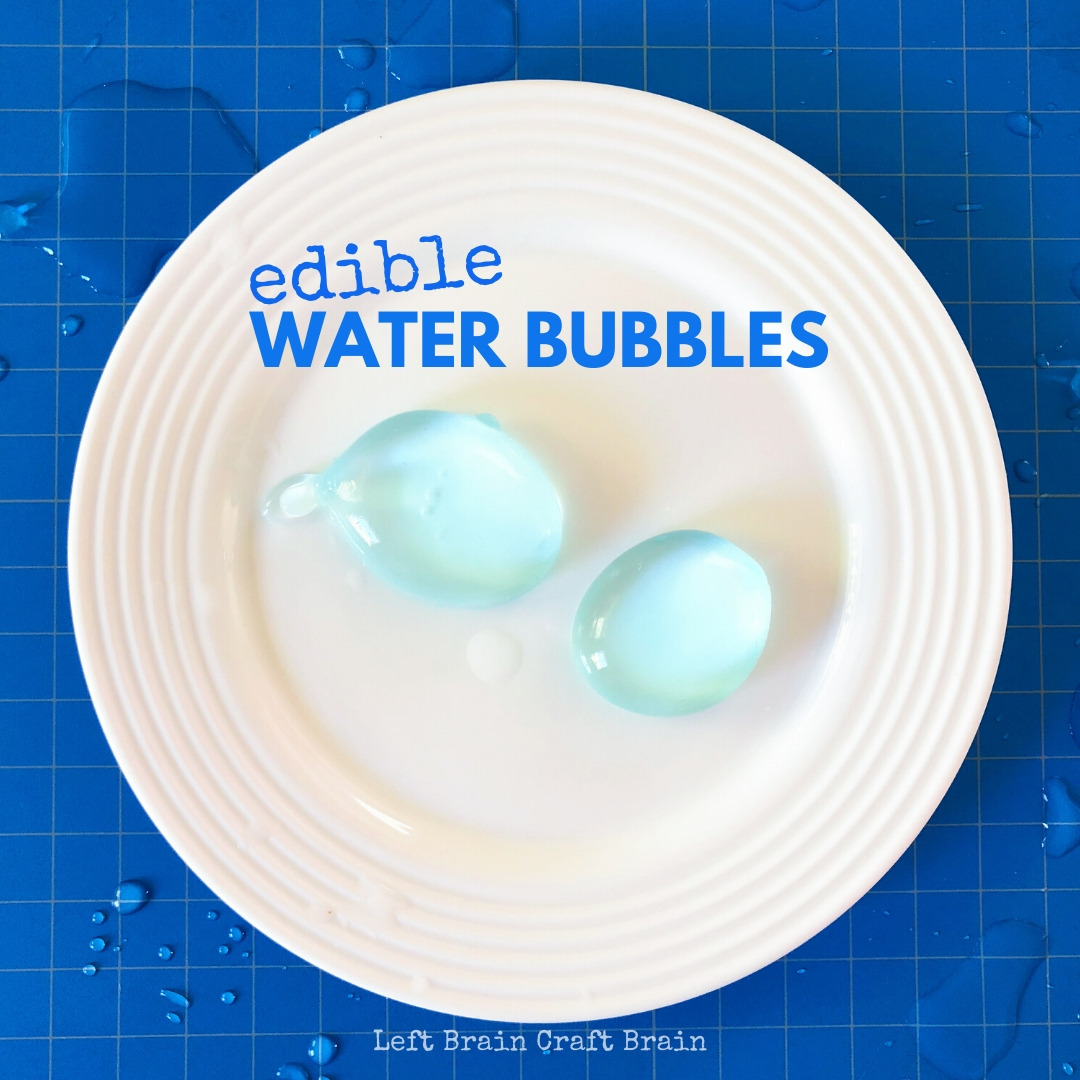
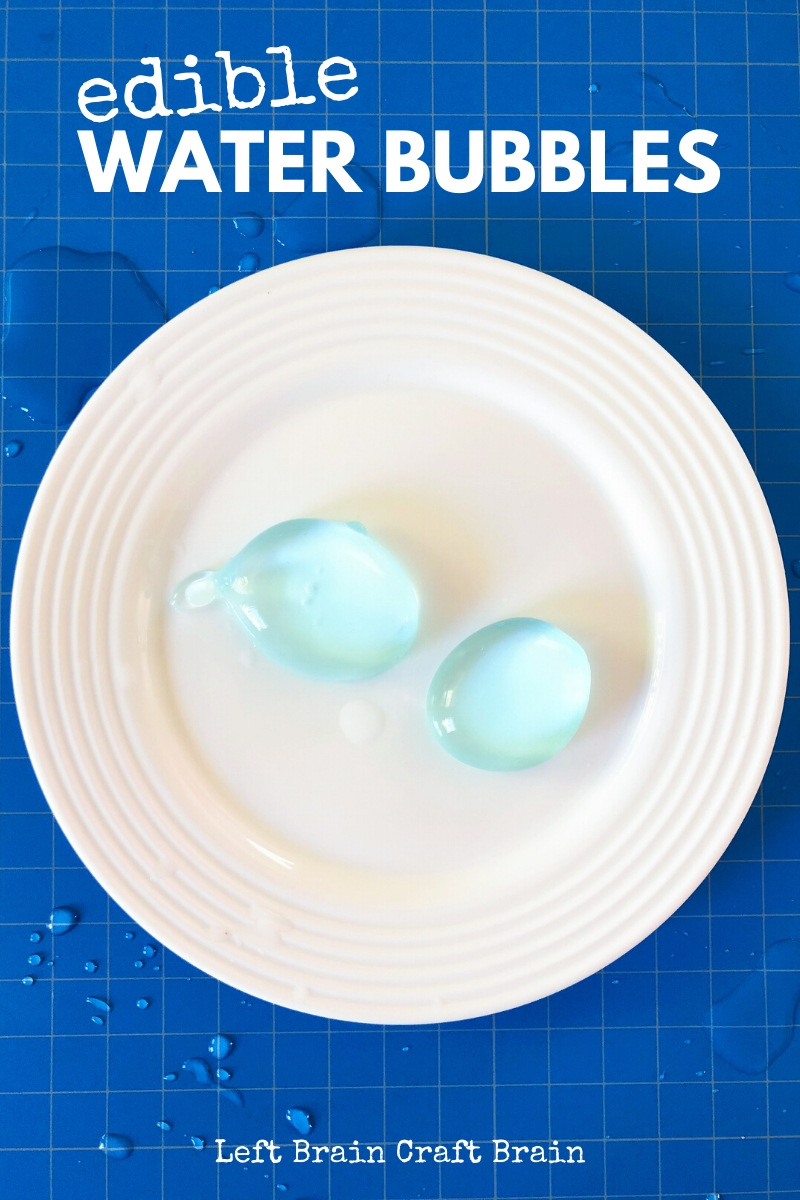
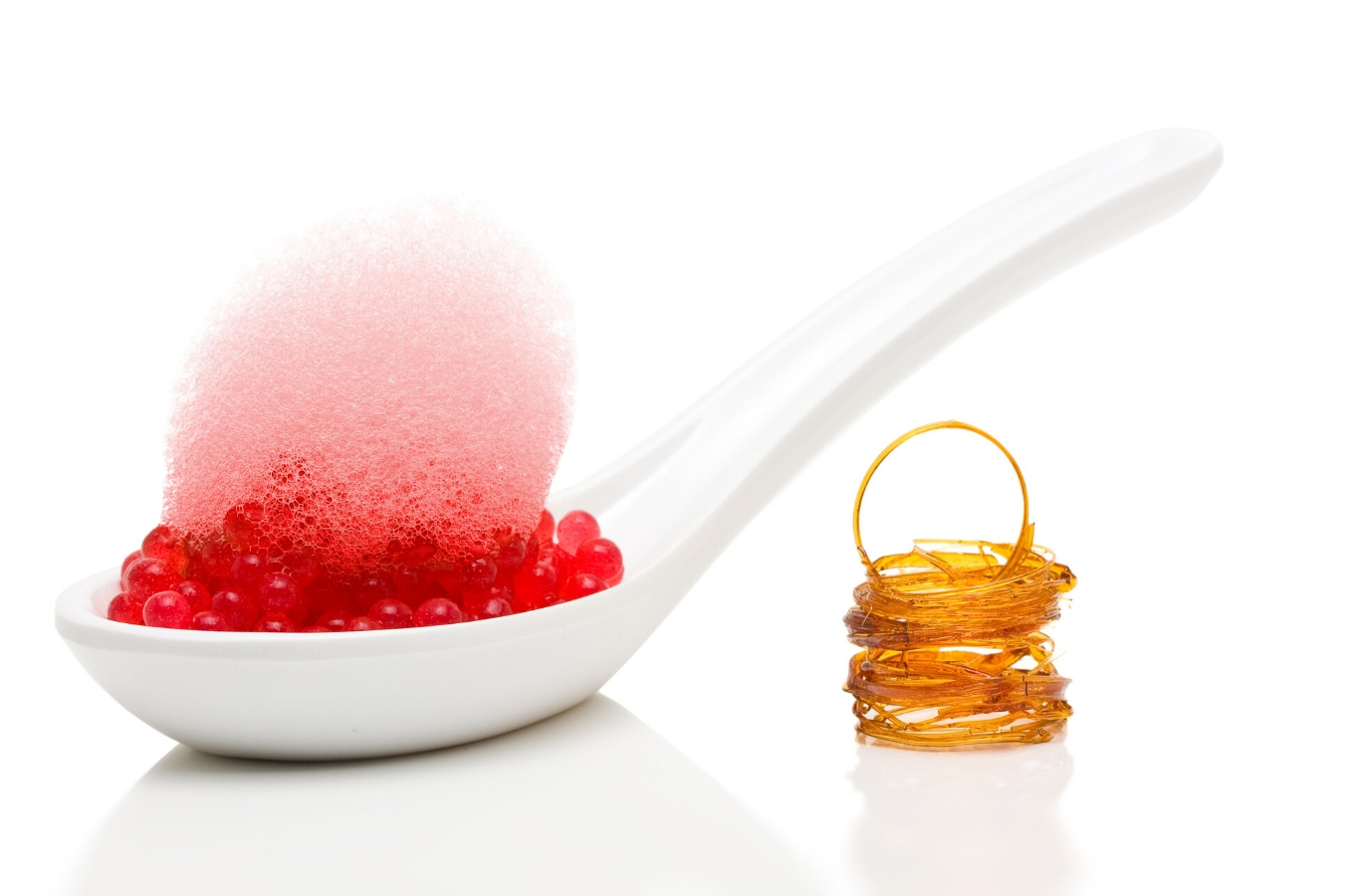
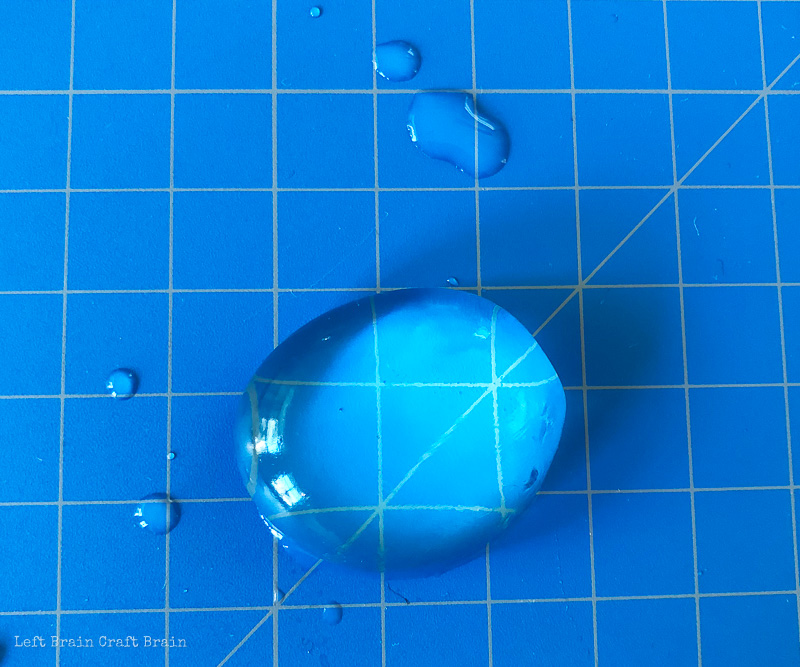
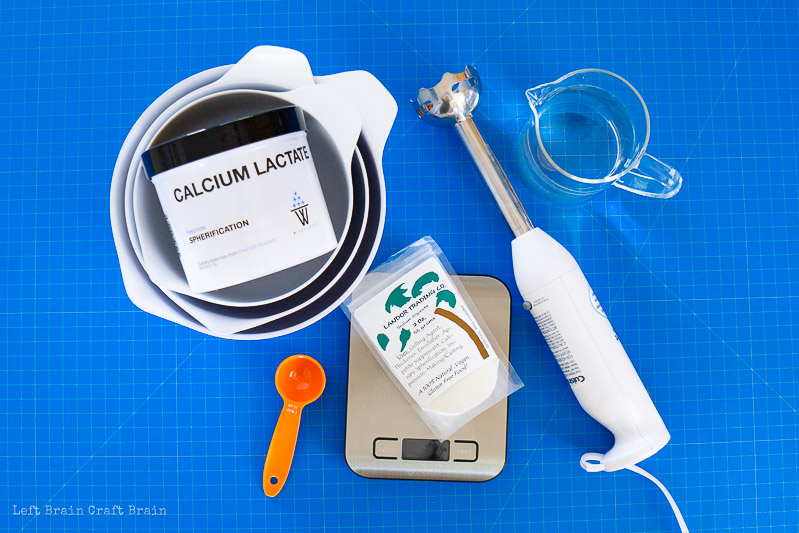
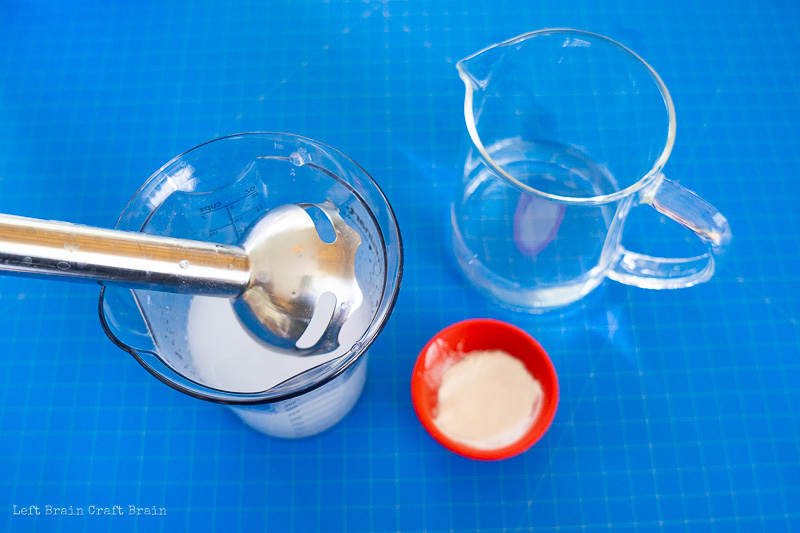
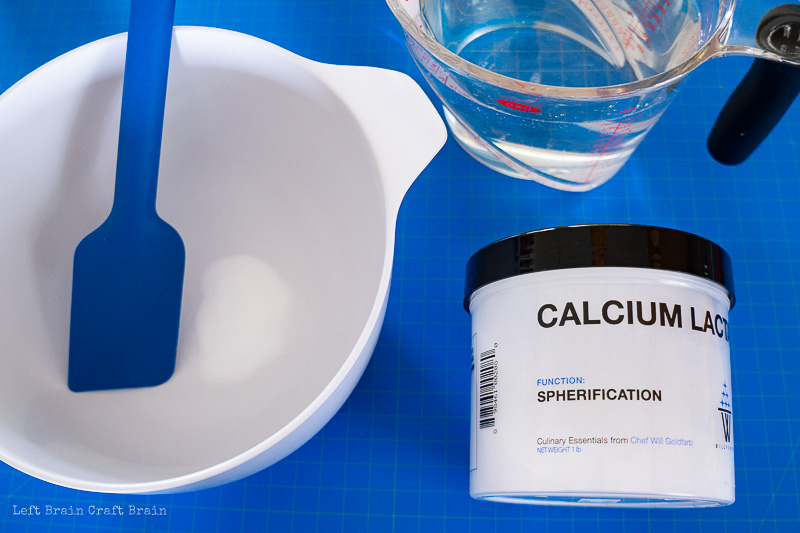
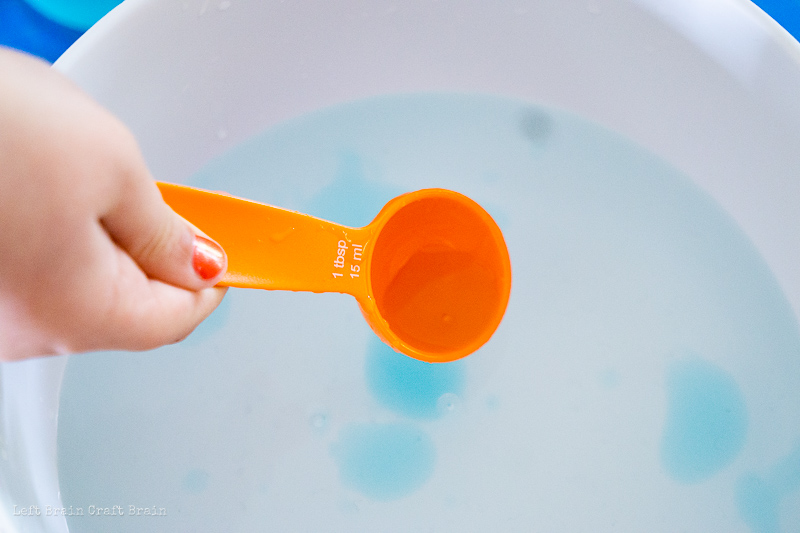
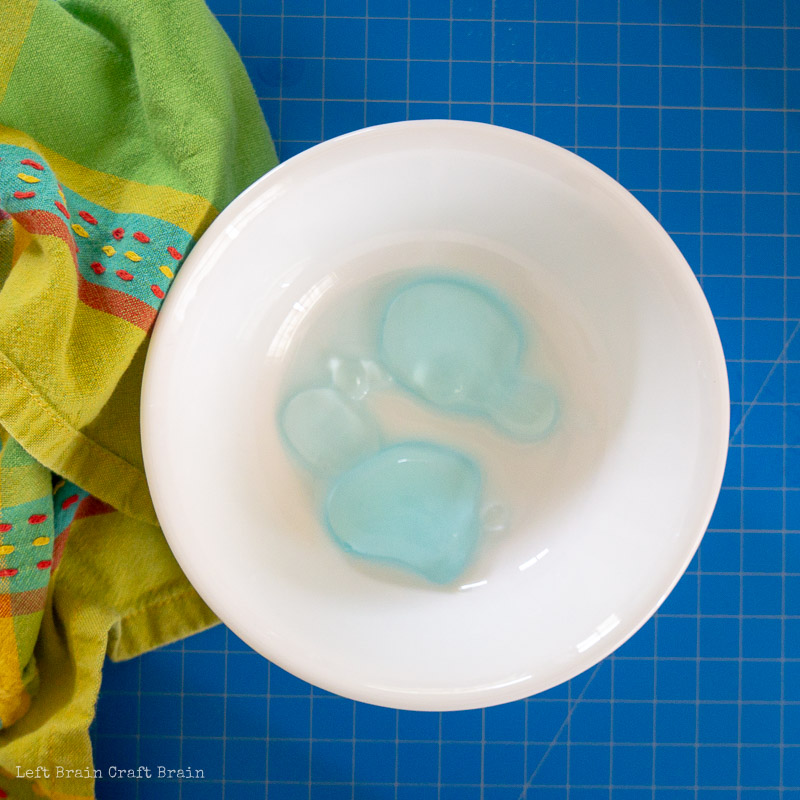

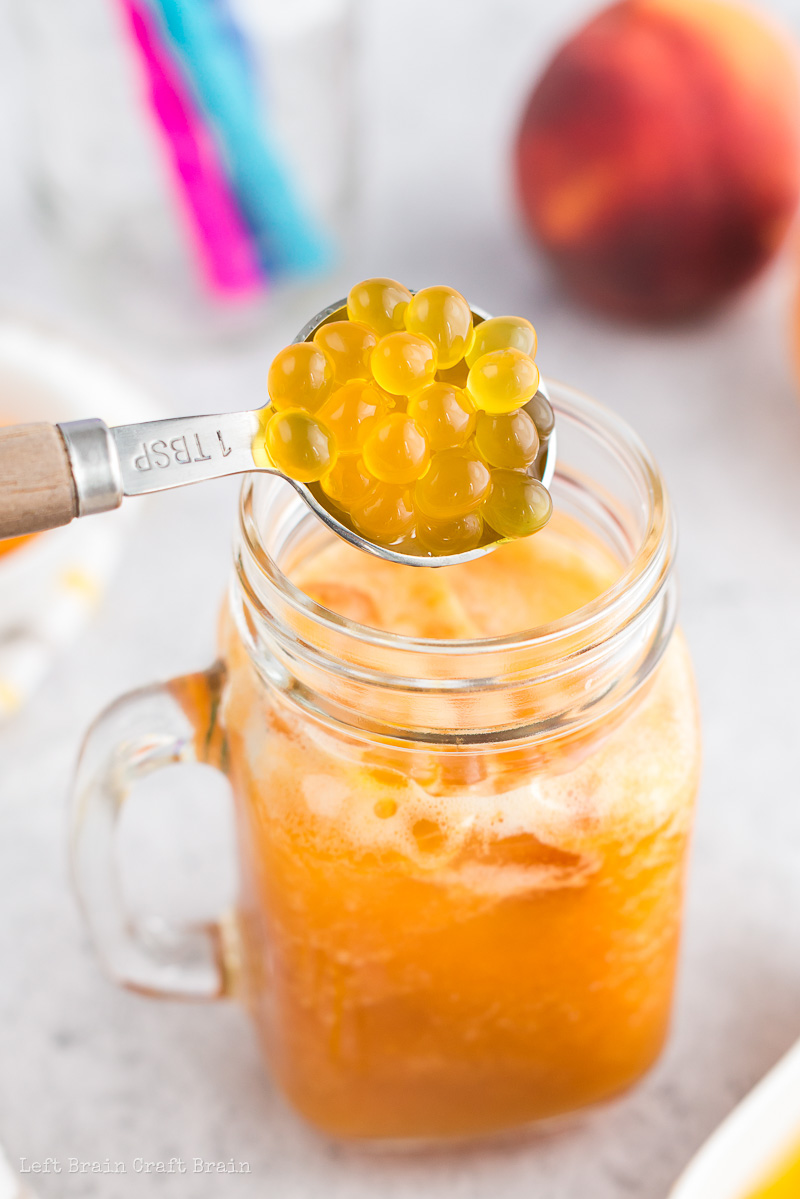
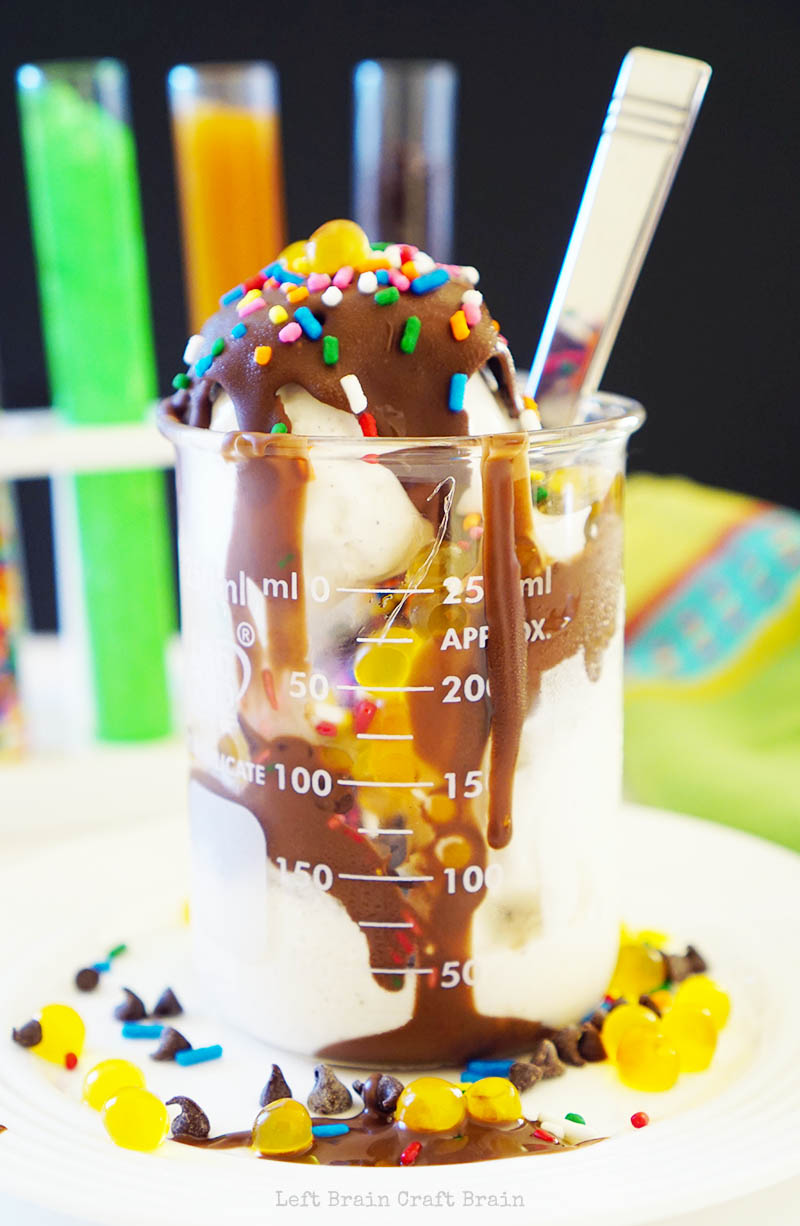
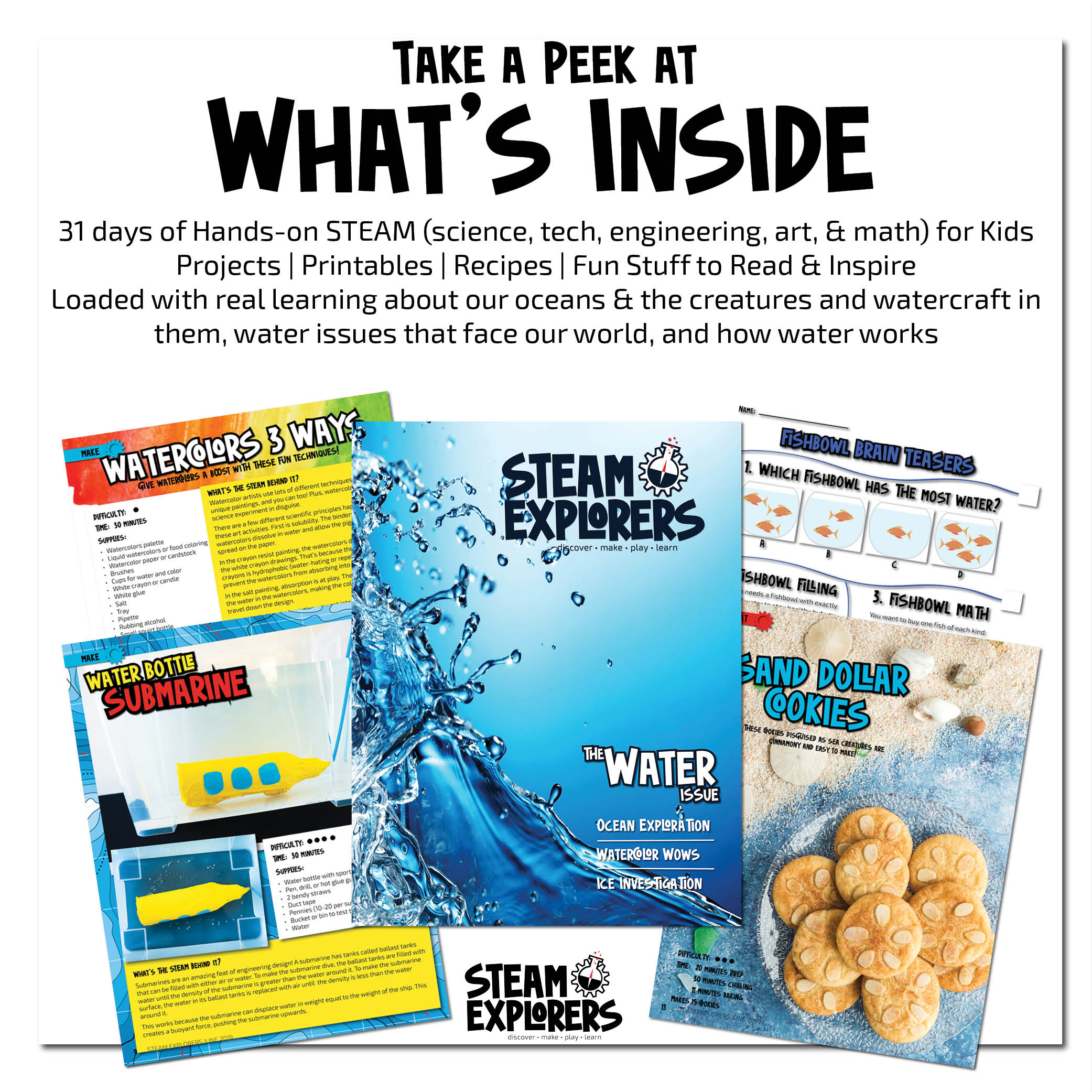

Pingback: Fish Tessellations: Creating Patterns - Left Brain Craft Brain